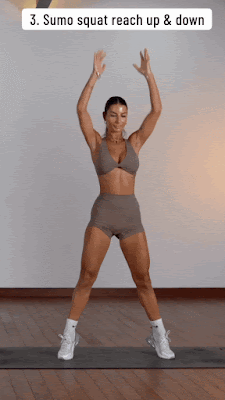Training your upper body with bodyweight exercises can be highly effective for building strength, muscle tone, and endurance. Here's how you can train your upper body using bodyweight exercises:
Push-Ups: Push-ups are one of the most effective bodyweight exercises for targeting the chest, shoulders, and triceps.
- Start in a plank position with your hands slightly wider than shoulder-width apart.
- Lower your body until your chest nearly touches the ground, keeping your elbows close to your body.
- Push back up to the starting position, fully extending your arms.
- Variations: Wide grip, narrow grip, incline push-ups (using a bench or elevated surface), decline push-ups (feet elevated), staggered push-ups, plyometric push-ups.
Dips: Dips primarily target the triceps, but also engage the chest and shoulders.
- Find parallel bars or the edge of a sturdy chair or bench.
- Grip the bars or edge with your hands and lift yourself up, keeping your elbows slightly bent.
- Lower your body by bending your elbows until your upper arms are parallel to the ground.
- Push through your palms to straighten your arms and return to the starting position.
- Variations: Tricep dips, chest dips, L-sit dips, single-leg dips.
Pull-Ups/Chin-Ups: Pull-ups and chin-ups are excellent exercises for targeting the back, biceps, and shoulders.
- Find a pull-up bar or sturdy overhead beam.
- Grip the bar with your palms facing away from you (pull-ups) or towards you (chin-ups), hands shoulder-width apart.
- Hang from the bar with your arms fully extended.
- Pull yourself up until your chin is above the bar, keeping your elbows close to your body.
- Lower yourself back down to the starting position.
- Variations: Wide grip, narrow grip, assisted pull-ups (using resistance bands or a partner), negative pull-ups (lowering phase only).
Inverted Rows: Inverted rows are a great alternative to pull-ups for targeting the back, biceps, and shoulders.
- Set up a bar at waist height or use a sturdy table, railing, or suspension trainer.
- Lie underneath the bar/table and grip it with your hands shoulder-width apart, palms facing towards you.
- Keep your body in a straight line from head to heels and pull your chest towards the bar/table.
- Lower yourself back down to the starting position with control.
- Variations: Feet elevated, single-arm rows, wide grip, narrow grip.
Handstand Push-Ups: Handstand push-ups are an advanced bodyweight exercise that targets the shoulders, upper chest, and triceps.
- Start in a handstand position against a wall or with the assistance of a partner.
- Lower your body by bending your elbows until your head nearly touches the ground.
- Push through your palms to straighten your arms and return to the starting position.
- Variations: Pike push-ups, wall-assisted handstand push-ups, handstand holds.
Pike Push-Ups: Pike push-ups are a beginner-friendly alternative to handstand push-ups that still target the shoulders and triceps.
- Start in a downward dog position with your hands on the ground and hips lifted towards the ceiling.
- Lower your head towards the ground by bending your elbows, keeping your body in a straight line.
- Push back up to the starting position, fully extending your arms.
- Variations: Decline pike push-ups (feet elevated), diamond pike push-ups (hands close together), assisted pike push-ups (using a stability ball or suspension trainer).
Incorporate these upper body bodyweight exercises into your routine with proper form and technique to effectively build strength and muscle mass. You can perform them as standalone exercises or combine them into a circuit for a comprehensive upper body workout. Adjust the difficulty and intensity of each exercise by changing the angle, grip, or range of motion, and gradually progress as you get stronger. Remember to prioritize rest and recovery between workouts to allow your muscles to repair and grow.
.gif)


